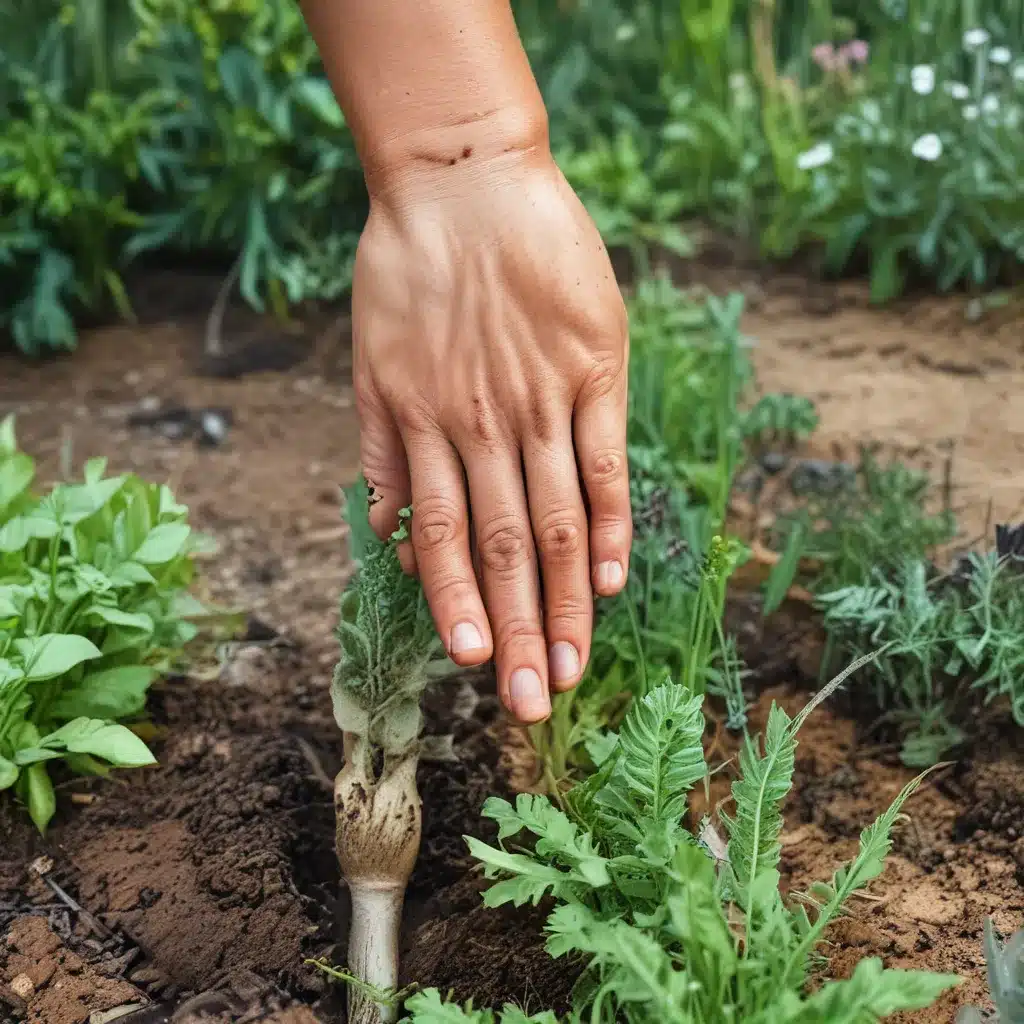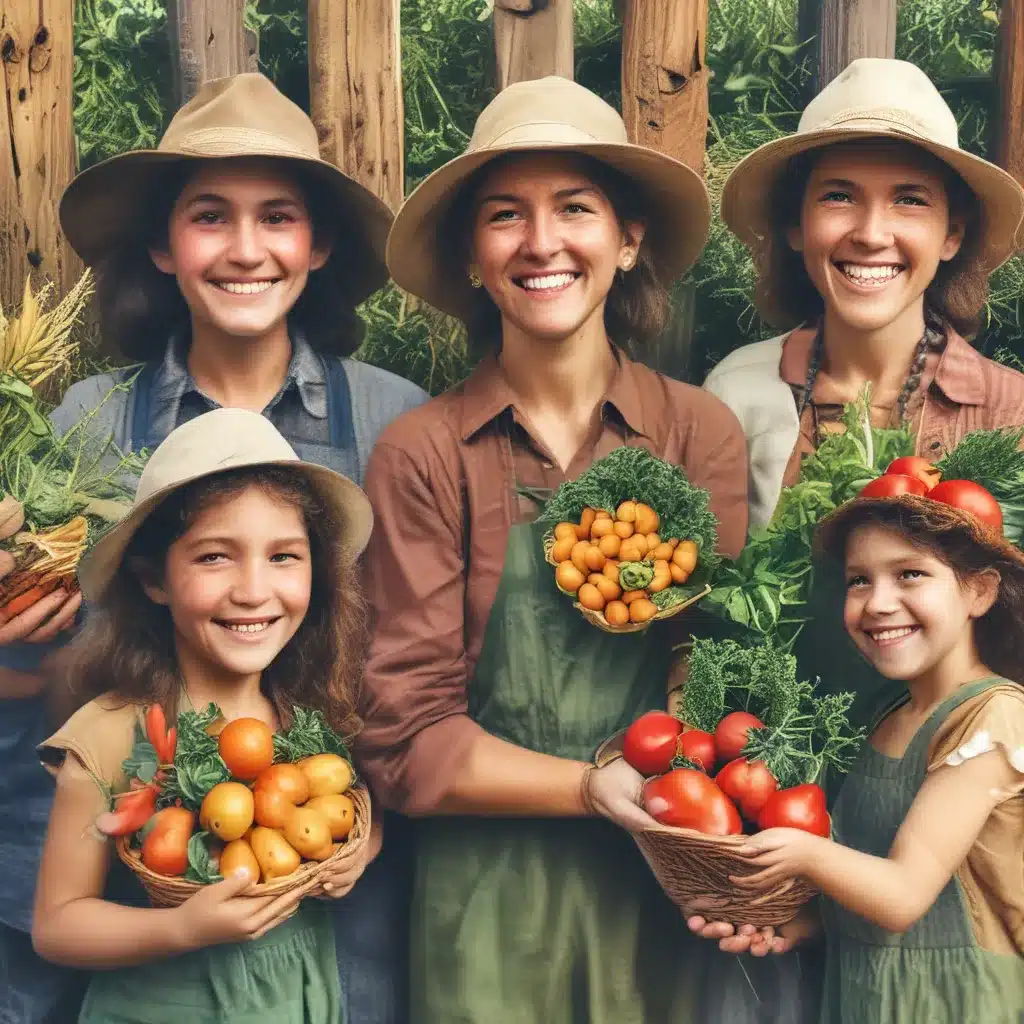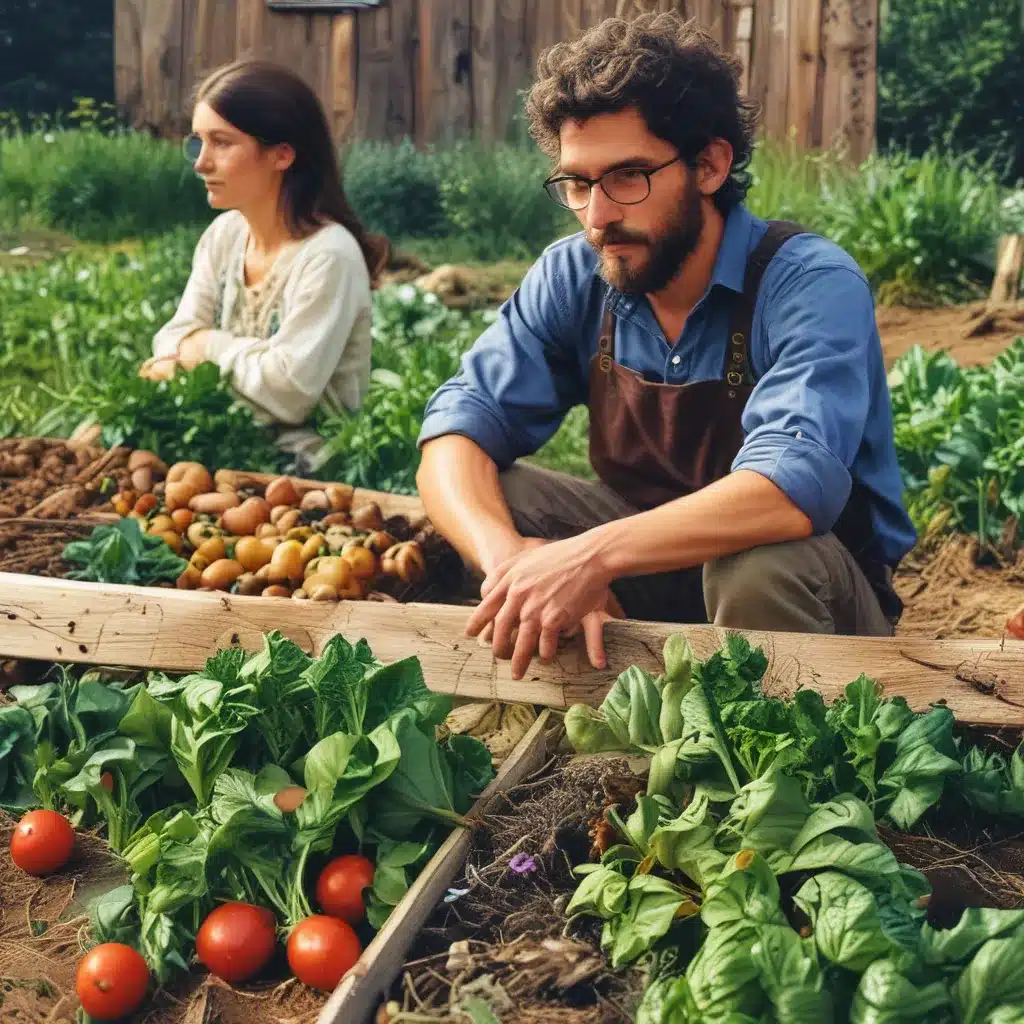
Ah, the humble dirt beneath our feet – it’s easy to take it for granted, isn’t it? But let me tell you, my fellow gardeners, that soil is the unsung hero of any thriving community-supported agriculture (CSA) operation. It’s the foundation upon which our lush, bountiful gardens are built, the canvas upon which nature paints her most vibrant masterpieces.
Unlocking the Power of Soil
As the caretaker of your CSA’s precious plots, you hold the key to unlocking the full potential of your soil. It’s not just about tilling and planting – oh no, my friends. It’s about forging a deep, symbiotic relationship with the living, breathing ecosystem that lies just beneath the surface.
You see, healthy soil is teeming with an intricate web of life – from the humble earthworm to the mighty mycorrhizal fungi. These diverse organisms work tirelessly to transform organic matter into the nutrients that nourish our crops. And when we learn to work in harmony with them, the results can be nothing short of magical.
Enhancing Biodiversity
One of the hallmarks of a truly resilient, regenerative CSA garden is its biodiversity. Think of it as the ultimate insurance policy against the whims of Mother Nature. By cultivating a wide array of plant species, we create a thriving habitat for a vast array of beneficial insects, birds, and other critters.
Recent research has shown that diverse plantings can drastically reduce the need for chemical pesticides, as predatory insects and pollinators flock to these oases of abundance. And as these creatures thrive, they in turn help to aerate the soil, disperse seeds, and maintain the delicate balance that makes your CSA garden hum.
But it’s not just about the above-ground diversity, my friends. Dig a little deeper, and you’ll uncover a whole other world teeming with life. Soil health experts emphasize the importance of nurturing the microbial communities that call your garden home. These microscopic marvels are the unsung heroes of nutrient cycling, breaking down organic matter and making it available for your plants to feast upon.
Building Soil Fertility
Of course, biodiversity is only half the battle. To truly unlock the full potential of your CSA garden, you’ll need to focus on building up that precious soil fertility. And the good news is, there are a whole host of strategies to help you do just that.
One of the simplest and most effective techniques is the age-old practice of cover cropping. By planting a diverse blend of fast-growing plants like clover, rye, and vetch, you can feed your soil even when your main crops are resting. These cover crops not only add organic matter to the soil, but they also help to suppress weeds and prevent erosion.
Another powerful tool in the soil-building arsenal is compost. By recycling your garden and kitchen waste, you can create a nutrient-rich amendment that will work wonders for your plants. Regenerative agriculture experts suggest incorporating compost into your soil on a regular basis, as it helps to improve soil structure, water-holding capacity, and overall fertility.
And let’s not forget about the humble livestock. Yes, my friends, integrating animals into your CSA ecosystem can be a game-changer. By allowing your chickens, goats, or other critters to graze on your cover crops and residues, you create a closed-loop system where nutrients are constantly being cycled back into the soil. Not to mention, their manure is a treasure trove of organic matter and essential plant nutrients.
Embracing the Unexpected
Now, I know what you’re thinking – all of this sounds like a lot of work, doesn’t it? And you’d be right. Maintaining a truly regenerative, biodiversity-rich CSA garden is no easy feat. But trust me, the rewards far outweigh the challenges.
Think of it this way: when you embrace the unexpected, when you let go of the rigid control that so many conventional farmers crave, you open yourself up to a world of delightful surprises. Maybe you’ll discover a new heirloom tomato variety that knocks your socks off. Or perhaps you’ll stumble upon a colony of beneficial nematodes that put an end to your pesky root-knot problem.
The point is, by fostering a diverse, living ecosystem in your CSA garden, you’re creating a space where the unexpected can thrive. And in doing so, you’re not just growing food – you’re nurturing a vibrant, resilient community that will continue to delight and surprise you for years to come.
Putting it All Together
So, my fellow CSA gardeners, are you ready to dive headfirst into the wonderful world of soil stewardship? I hope so, because the rewards are truly endless.
By focusing on enhancing biodiversity and building soil fertility, you’ll not only grow nutrient-dense, flavor-packed produce for your community, but you’ll also be doing your part to combat climate change, support local ecosystems, and create a more sustainable, equitable food system.
And who knows, maybe you’ll even discover a new passion for vermicomposting or start a beekeeping side hustle. The possibilities are endless when you unlock the power of the soil.
So, what are you waiting for? Head out to your garden, roll up your sleeves, and let’s get to work. Together, we’ll transform those humble plots of earth into vibrant, thriving oases that will nourish our bodies and our souls for generations to come.
And if you’re ever in need of a little inspiration, be sure to check out Thornapple CSA, where we’re putting these soil stewardship strategies into practice every single day. Happy gardening, my friends!



